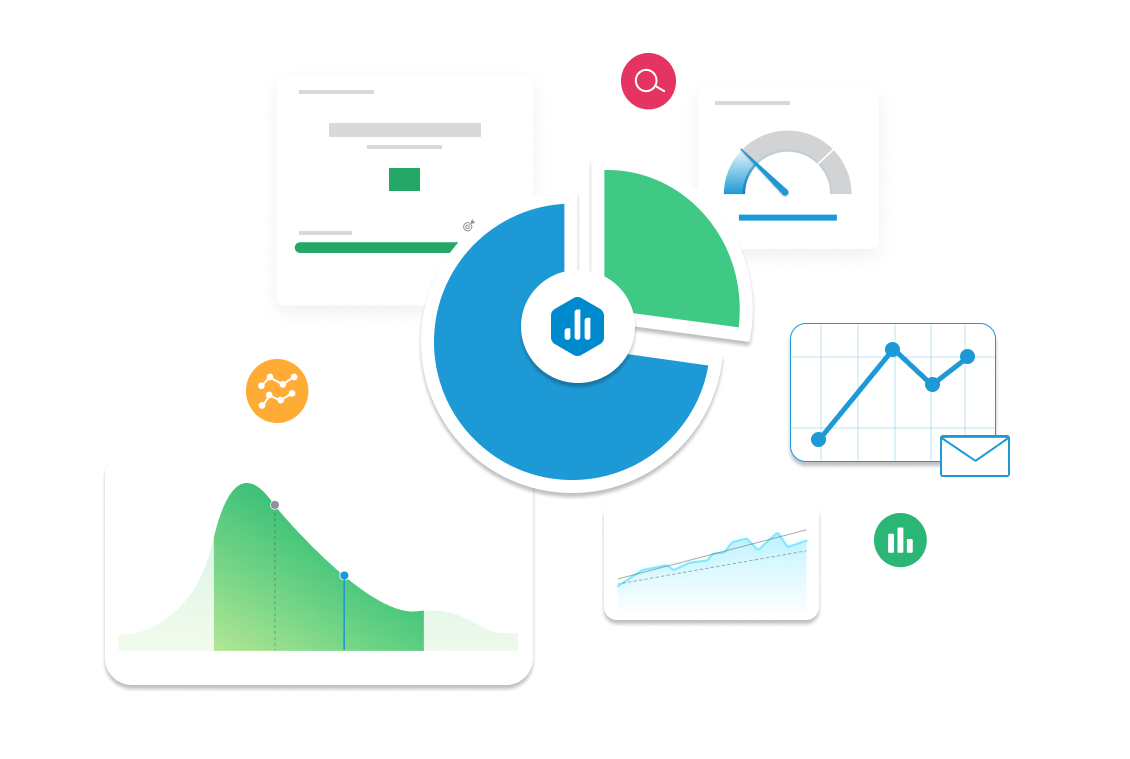CAC payback period (customer acquisition cost payback)
Discover how CAC Payback Period helps businesses measure the time needed to recover acquisition costs. Learn how to track, analyze, and optimize CAC payback to improve profitability and growth.

| Category |
Marketing |
|---|---|
| Type |
Lagging Indicator |
| Calculation |
CAC Payback Period = Customer Acquisition Cost (CAC) / Average Monthly Revenue per Customer (ARPU) |
| Measure |
Tracks how many months it takes to recover the cost of acquiring a new customer, helping businesses assess financial sustainability and marketing efficiency. |
| Data Sources: |
Salesforce, Stripe, HubSpot, Chargebee, ProfitWell, Recurly, Baremetrics. |
| Frequency |
Tracked monthly or quarterly to evaluate financial health and optimize customer acquisition strategies. |
Example target
Reduce CAC Payback Period to under 6 months by increasing ARPU and optimizing acquisition costs.
Example Reports Use Case
A Finance Analyst monitors CAC Payback Period to assess profitability. If the payback period is too long, they may adjust pricing models, improve customer retention, or optimize marketing spend.



